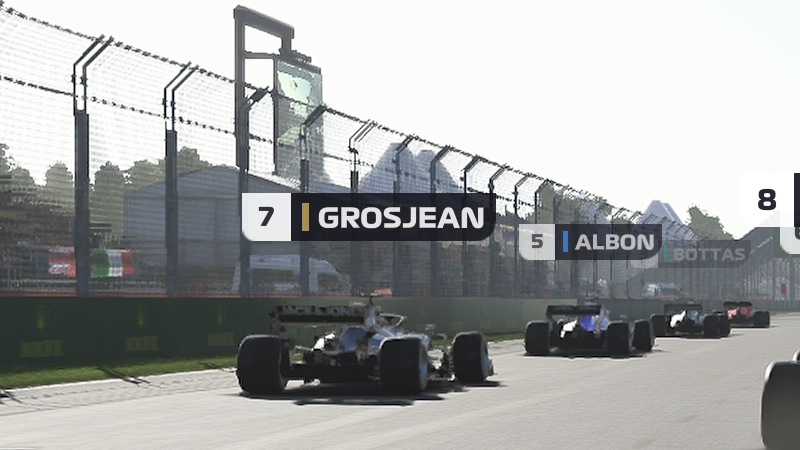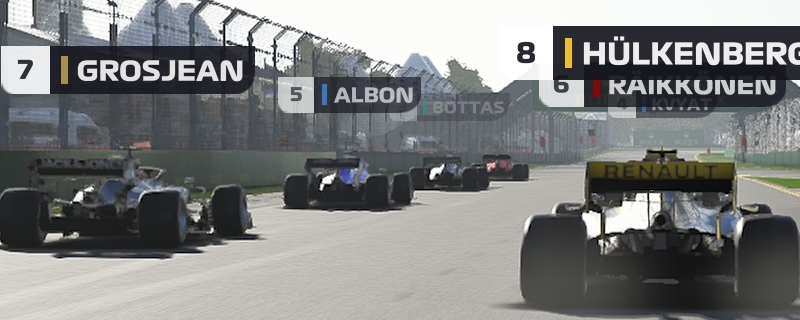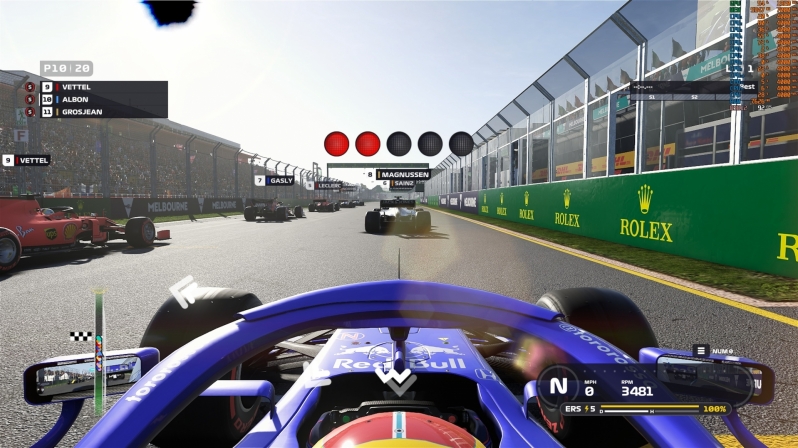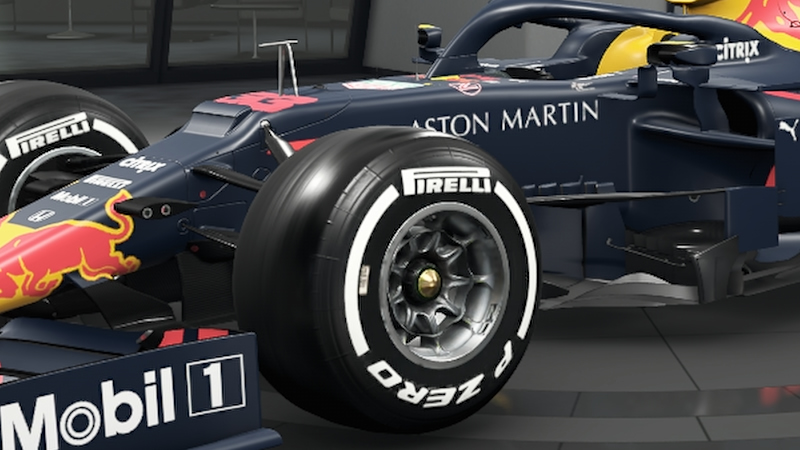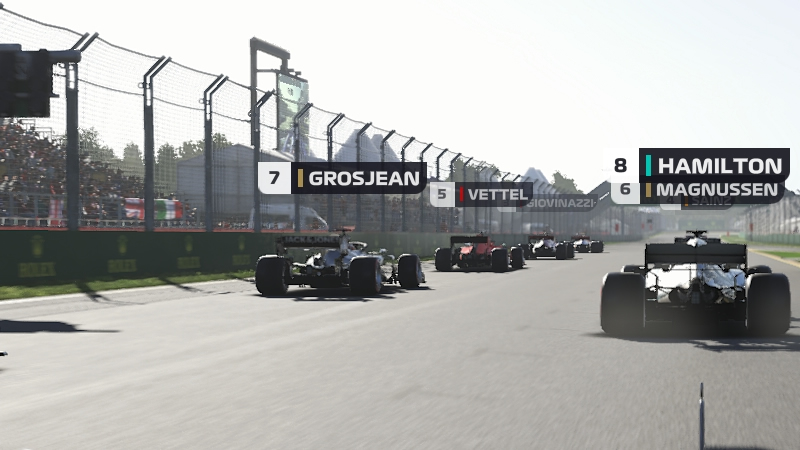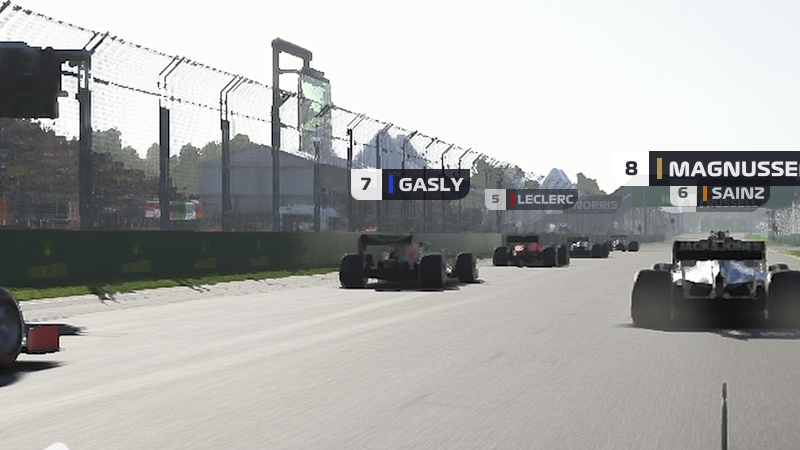F1 2019 – Nvidia DLSS VS AMD FidelityFX
Nvidia DLSS – The worst implementation to date?Â
Update –Â Codemasters has confirmed to us that Patch 1.07 for F1 2019 shipped with an incomplete integration of Nvidia’s DLSS technology, which explains the graphical issues which we have experienced within the game.Â
F1 2019’s DLSS support was released prematurely, and Codemasters has confirmed that a corrected implementation of the feature will be added to the game in an upcoming patch. We plan to look into F1 2019’s updated DLSS support when it is officially added to the game. Â
Our original Analysis follows.Â
———————-
What can we say? DLSS doesn’t look good in this game. Yes, some shot can look good in static scenes, but in motion, the game can blur into what looks like a watercolour painting. While this gives the game an artistic flair with DLSS enabled, it doesn’t exactly live up to the developer’s original vision for the game.Â
Another strange bus that we experienced what that DLSS looks at F1 2019’s sun and thinks “you know what, I think that should be black”. Perhaps this will be fixed with an updated DLSS algorithm or Nvidia driver revision, but this makes F1 2019’s implementation of DLSS appear half-baked at best. Â
 Â
Static Screenshot
Let’s start off with a static screenshot comparison, looking at 800×450 sections of larger 1440p and 4K images. Below we see a static screenshot, where the car below is sitting still, unmoving and with nothing to mess up Nvidia’s DLSS algorithm.Â
At both 1440p and 4K, there is an obvious downgrade in graphical quality when using DLSS, though this change is more pronounced at 1440p. Looking at the tyre of the Red Bull Racing F1 vehicle shows that some geometric detail is culled while aliasing and blur appear across the image. The same faults appear at 4K but to a lesser extent.   Â
If you enable DLSS in F1 2019, you will be doing it for performance reasons. Graphically, the game looks much better with TAA.Â
(TAA VS DLSS – At 4K)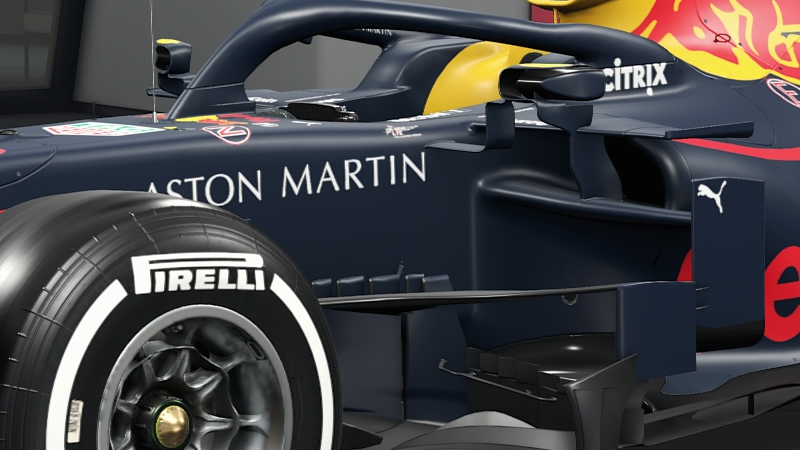 Â Â
  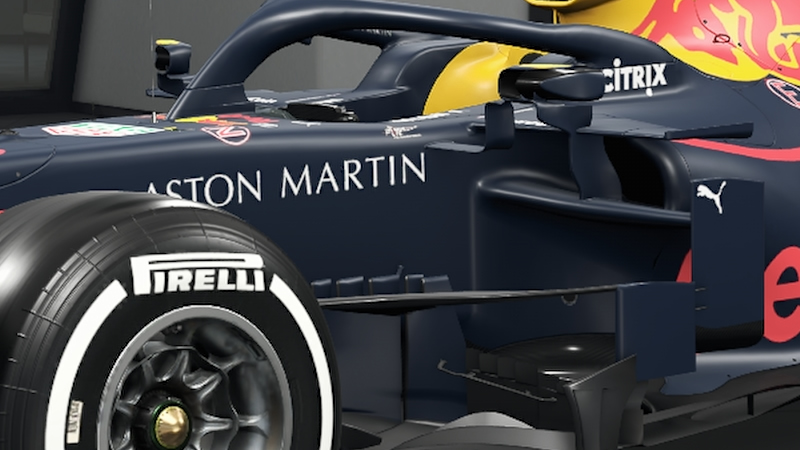  Â
 Â
In Motion
F1 is all about speed, so comparing static screenshots is pointless when analysing a game about F1. Static screenshots may look nice, but if it all falls apart when things start to move, we know that we have a problem.Â
At 1440p, DLSS turns F1 2019 into a watercolour painting of itself. Details become blurred and if we removed the UI, perhaps we would pass off this screenshot as a work of art. As a game, however, DLSS makes F1 2019 looks horrific at 1440p.Â
Cranking things up to 4K, we see that the same issues persist. Nvidia’s DLSS just algorithm doesn’t know how to handle F1 2019. TBH, this leaves us wondering how it even made it into F1 2019, something’s clearly wrong here. Â
Â
(TAA VS DLSS – At 4K) Â Â
  